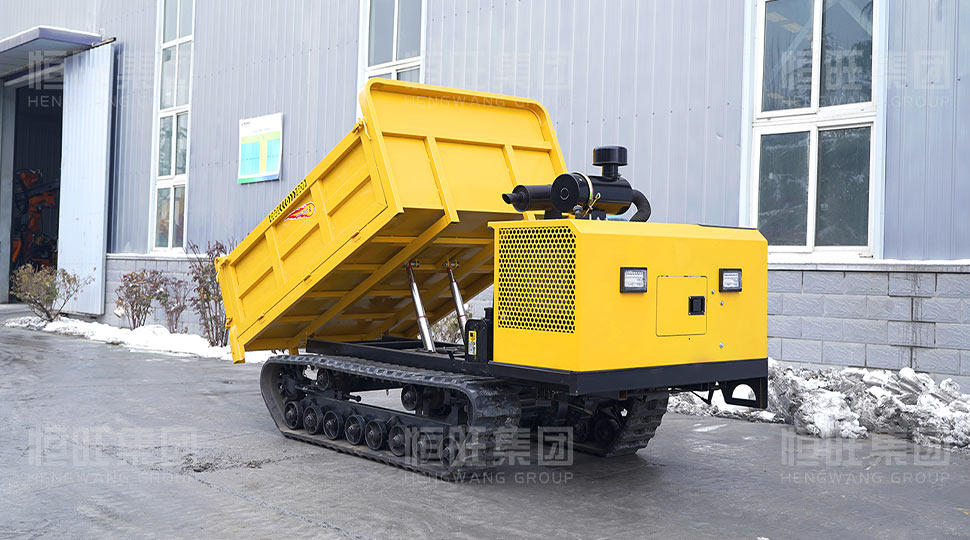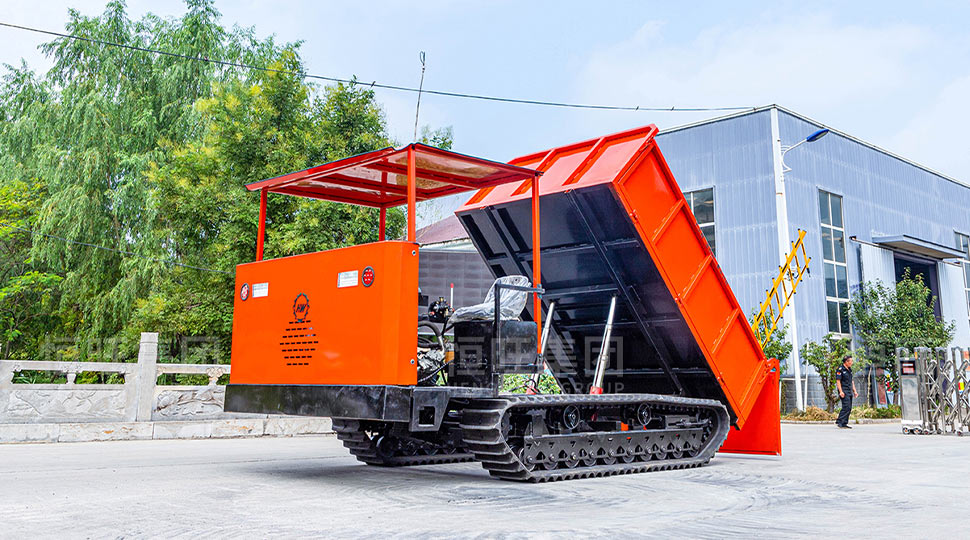Choosing the wrong mining material carrier can lead to 10% monthly transport volume waste — Peru's San Juan Iron Mine once lost over $50,000 monthly due to improper model selection. To help you avoid pitfalls, we break down the 7 core parameters for selecting mining material carriers:
1. Rated Load Capacity: Precise Matching for 5-30 Ton Classes
The rated load capacity of mining material carriers must align with mine scale:
· 5-ton class (HW1800L): Optimal for narrow tunnels/small mines
· 15-ton class (HW6000L): Efficient choice for medium open-pit mines
· 30-ton class (HW10000L): Heavy-duty frame design for large mines
2. Wheelbase: Determines Mine Passageability
· Short wheelbase (<2.5m, HW4000L): Critical for flexible turning in underground mine narrow lanes
· Long wheelbase (>3m): Balances load capacity and stability on complex terrains

3. Engine Power: Core Indicator of Climbing Ability
Different power outputs suit various working conditions, directly impacting operational efficiency:
· 15 hp (HW800SL): Economical choice for 15° gentle slopes
· 65 kW (HW5000L): Turbocharged for 35° steep slopes
4. Cargo Box Material: Wear-Resistant Steel Extends Life by 3x
Models like HW-3000L and above use wear-resistant steel, resisting rock abrasion and extending maintenance cycles by 2x. Paired with a hydraulic dump system to reduce cargo damage, this is a core advantage of mining material carriers.
5. Explosion-Proof Rating: Ex Certification Essential for Underground Mines
Choose Ex II BT4 certification (e.g., HW1200SL) for methane environments to eliminate spark hazards from the source — a must for underground mining material carriers.
6. Ground Clearance & Waterproofing
· 45cm ground clearance (HW1500SL): Prevents sinking on muddy roads
· IP67 waterproof electrical system: Ensures worry-free operation in rain/flooding, guaranteeing stability in harsh environments

7. Total Cost of Ownership (TCO)
Consider the big picture: fuel differences between diesel and hybrid systems + replacement frequency of wear parts (e.g., gearboxes, tracks) — long-term cost factors not to be ignored when selecting mining material carriers.
Case Warning: Lessons from Peru's San Juan Iron Mine
The mine mistakenly used a 10-ton class instead of 15-ton, resulting in 10% daily transport loss, 40% fuel surge, and gearbox failure. After switching to HW6000L, monthly costs dropped by $30,000, and efficiency increased by 25%, highlighting the importance of precise mining material carrier selection.
From HW800SL to HW10000L, seven models cover global certifications, modular options, and 7×24-hour service. Avoid overspending — click to get the [Mining Equipment Selection White Paper] and make your mining material carrier a cost-reduction tool!
